Sapphire Radeon RX 6800 XT Nitro+ Unboxing and Performance Preview
AMD's Radeon RX 6800 XT and RX 6800 officially launched one week ago, joining the best graphics cards and GPU benchmarks hierarchy lists. Today marks the arrival of third-party add-in board (AIB) partner cards. Sort of. Much like Nvidia's RTX 3090, RTX 3080, and RTX 3070, as well as AMD's Ryzen 5000 series CPUs, all of the RX 6800 series cards are sold out. But we received Sapphire's Radeon RX 6800 XT Nitro+ just yesterday, and we're working on running it through our test suite for a full review. Until then, here's the quick unboxing and look at what Sapphire has to offer.
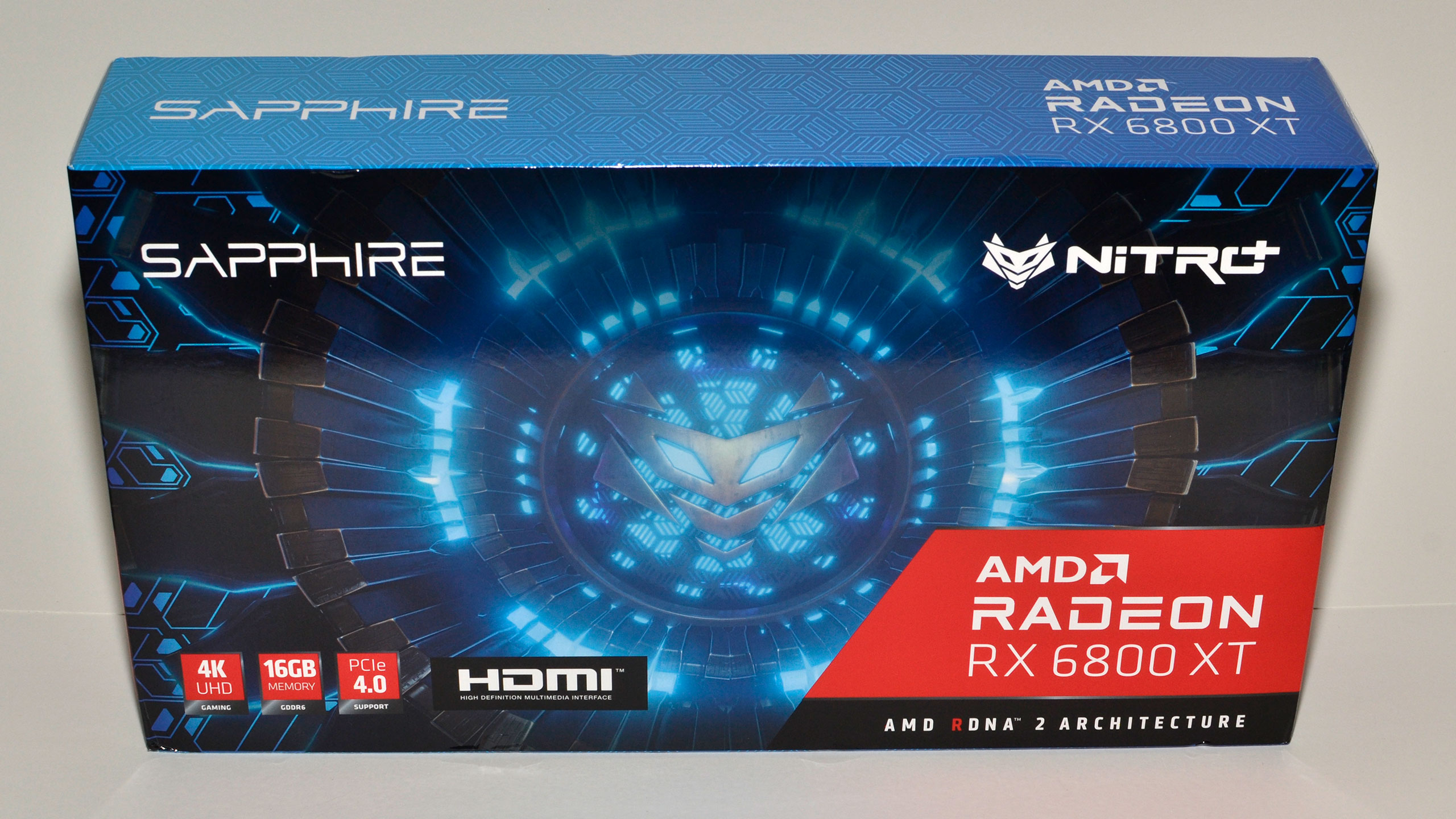



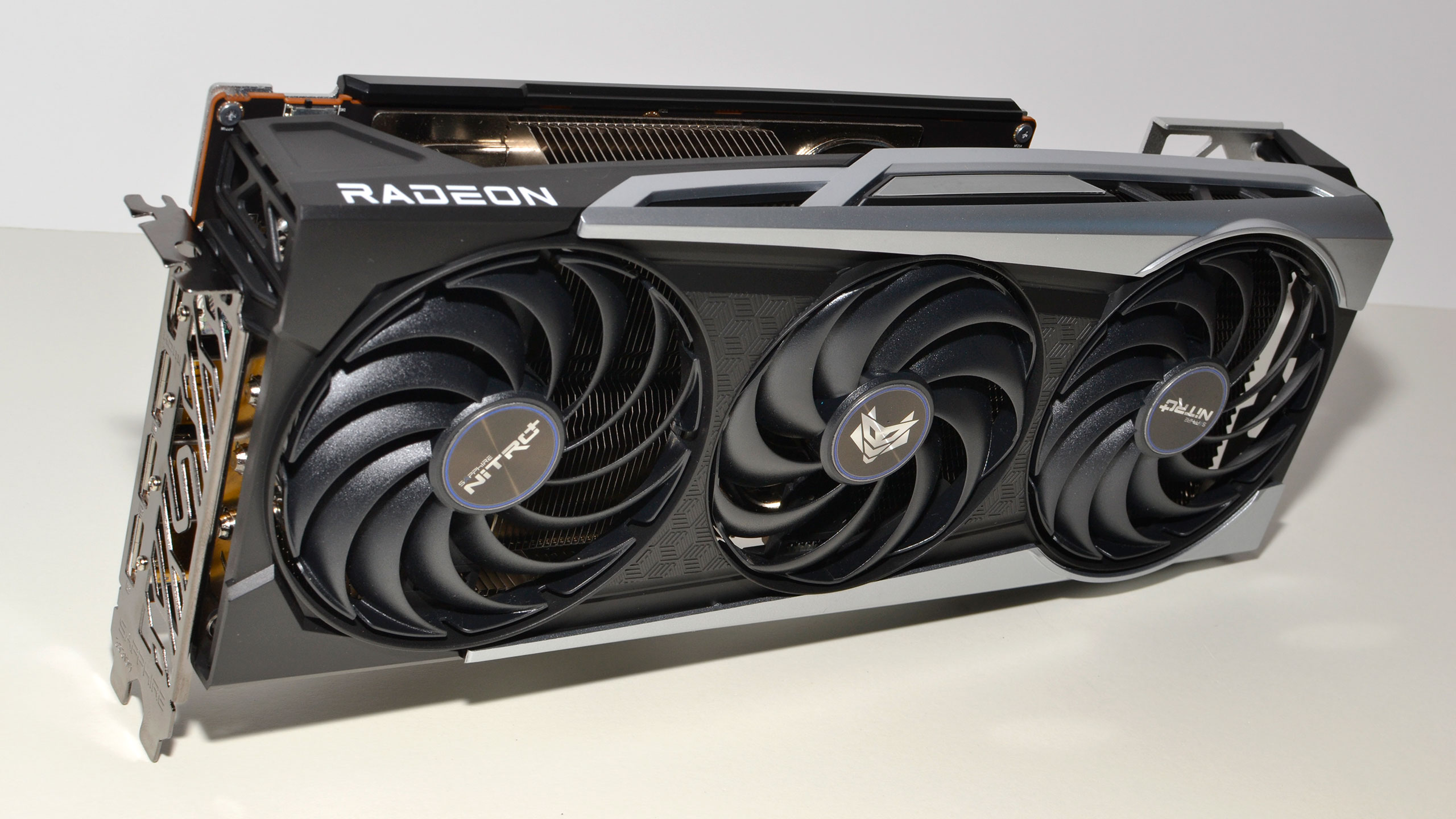



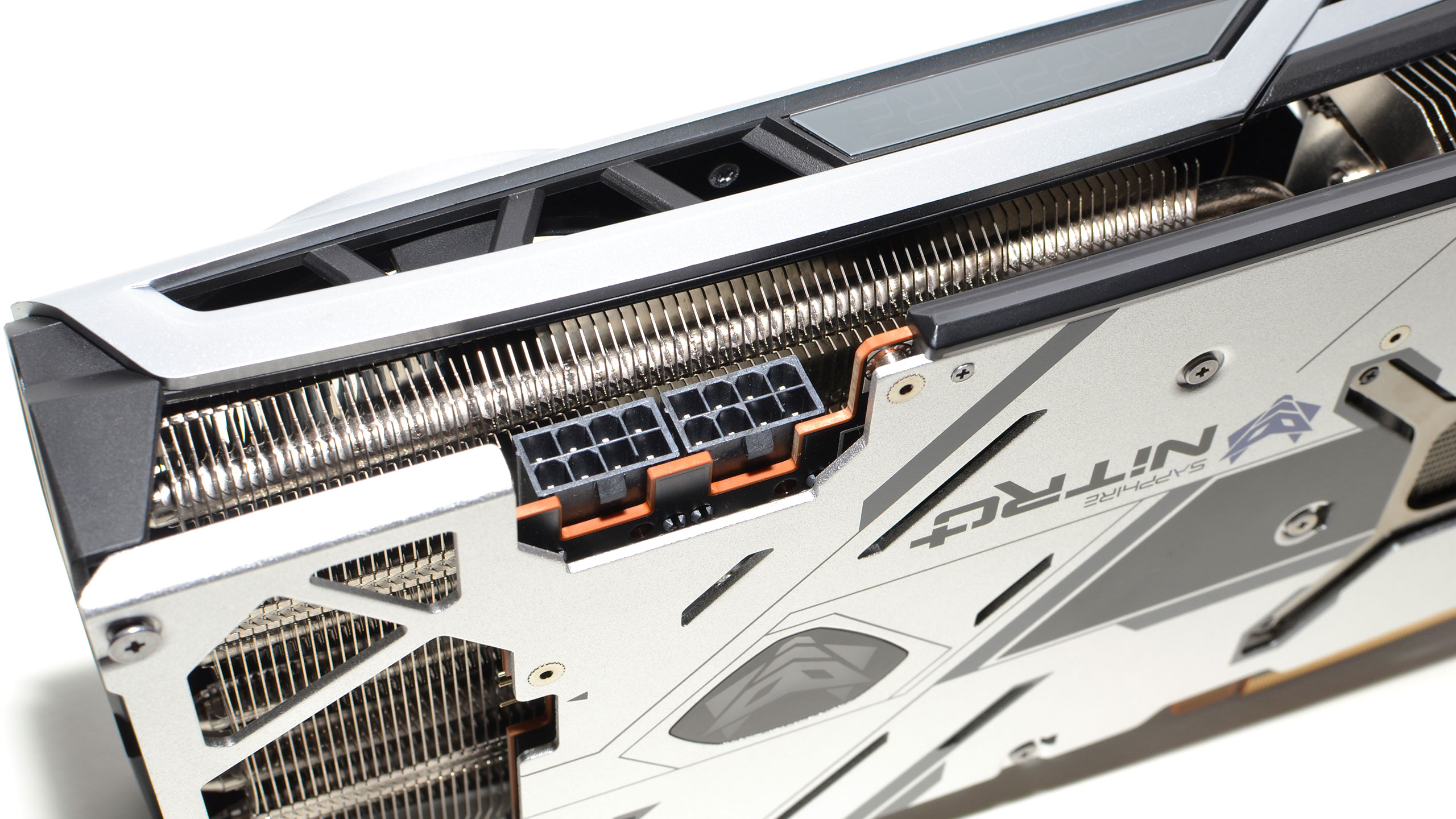


The card itself is quite large, basically matching the longest cards we normally see. It measures 310 x 134.3 x 55.3 mm (12.2 x 5.3 x 2.17 inches), so you'll need plenty of clearance in your case. It's a 2.7-slot design as well, blocking the two adjacent expansion slots on your motherboard.
What's interesting is that the card actually isn't all that heavy, relatively speaking. It checks in at 1237g, which is less than AMD's reference card, as well as the RTX 3080 Founders Edition.
Sapphire changes up plenty of other aspects of the card design as well. It has three DisplayPort and one HDMI 2.1 outputs, with no USB-C connector. Most people will be happier with this configuration, we think, though it's always good to have other options. The rear IO panel also has plenty of ventilation ports, though with the fins on the heatsink running parallel to the IO bracket, we're not sure how much heat will actually exhaust out the back of the card.
Sapphire says the new design ends up running quieter while delivering better cooling compared to its previous designs. That's probably thanks once again to the new fan design with an integrated rim, though there are notches in the Sapphire fan. The benefit of the improved cooling is that Sapphire can increase the boost clock on the RX 6800 XT to 2360 MHz, with a 350W TBP (Total Board Power). Interestingly, MSI Afterburner and Asus GPU Tweak II both report the boost clock as 2409 MHz on our sample, but then neither utility has been updated for the RX 6800 series.
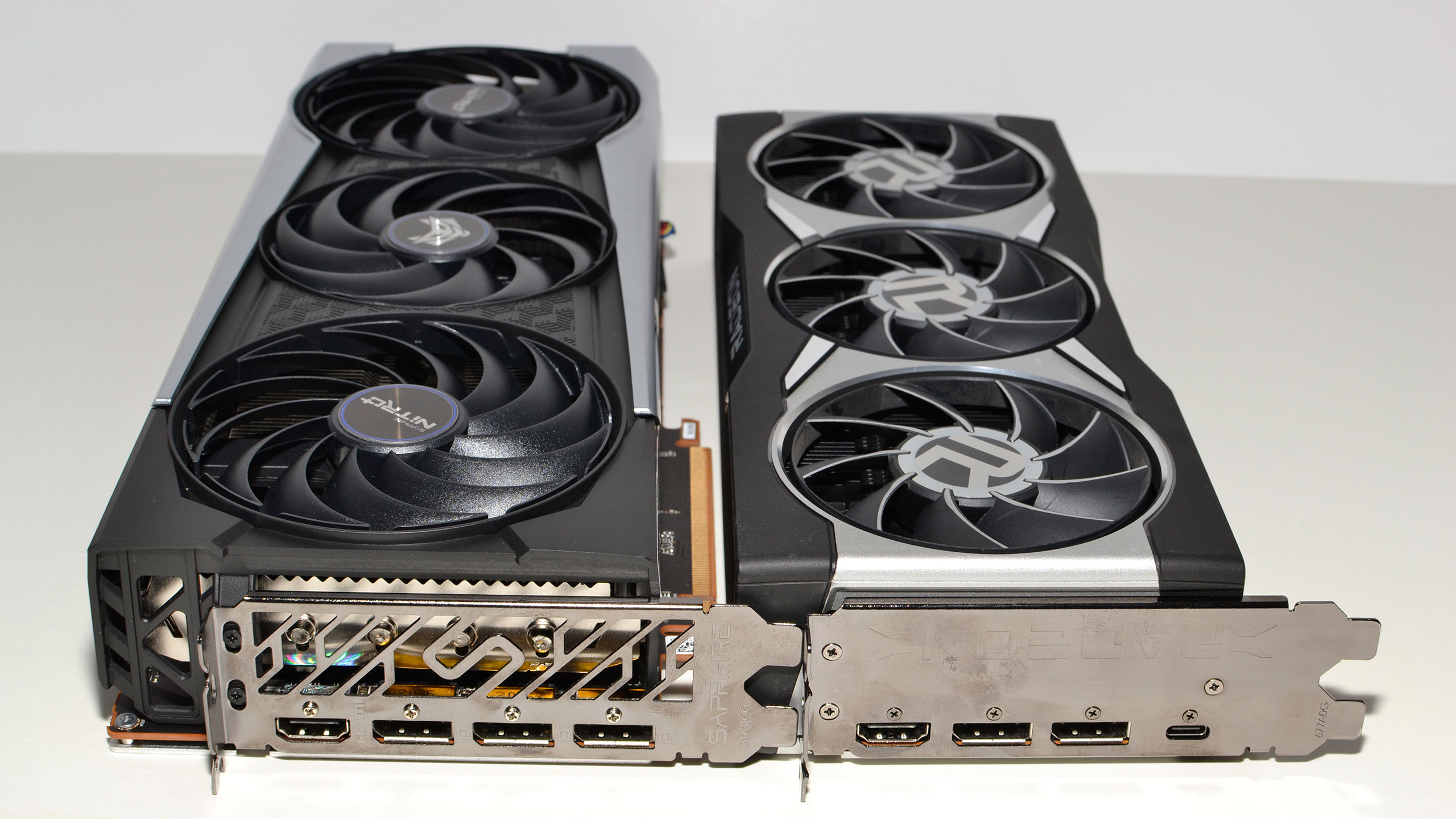
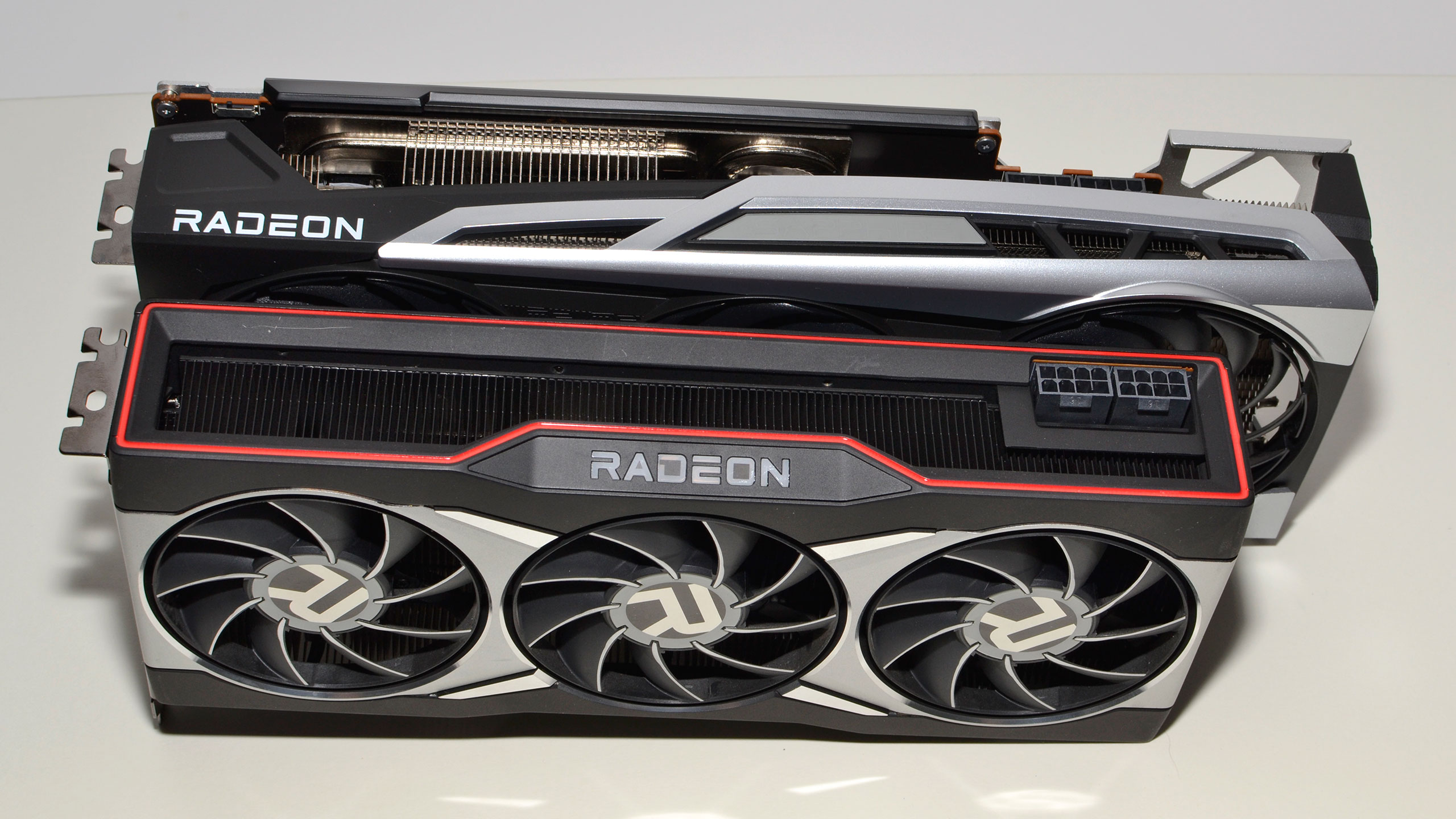

Compared to the reference 6800 XT, you can easily see how much larger the Sapphire card is. The reference card measures 268 x 107 x 50 mm, so Sapphire's model is about 4cm longer and 2.5cm taller, and just a bit thicker. The reference card also weighs 1505g, so the Nitro+ is 268g lighter. That means less stress on your PCIe slot, though we've seen GPUs in the 1.5kg range for several years at least (e.g., Zotac's Amp! Extreme line).
But you're probably most interested in how the card performs. Unfortunately, that's several days worth of testing, which means we won't have a full review until next week. Until then, we can offer this glimpse of performance courtesy of 3DMark.
Get Tom's Hardware's best news and in-depth reviews, straight to your inbox.



That's a bit faster than the reference 6800 XT, as you'd expect considering the difference in TDP and boost clocks. For example, in Port Royal, the reference card scored 9106 in graphics, while the Nitro+ got 9329. But the GPU clocks are more interesting than the score.
The minimum GPU clock during the test sequence on the Sapphire card was 2287 MHz, with a peak clock of 2415 MHz. The reference card ran at 2210-2349 MHz. In general, at 'factory stock' settings, you'll get an extra 100 MHz or so of performance. We'll be looking to see if we can push the card a bit further in our full review.
Of course, the big story remains the continuing GPU shortages. Many were hoping AMD would do better than Nvidia, but it sounds like stock of the AIB partner cards is even worse than we saw with Ampere. As we noted in our RX 6800 XT review, that's not really surprising. Given a choice between producing more Ryzen 5000 CPU cores (80mm square per compute die) and more Navi 21 GPU cores (519mm square), AMD makes far more money off the CPUs and can produce more of them. Unless TSMC can start producing more wafers for all of its partners, the shortages could continue for many more months.

Jarred Walton is a senior editor at Tom's Hardware focusing on everything GPU. He has been working as a tech journalist since 2004, writing for AnandTech, Maximum PC, and PC Gamer. From the first S3 Virge '3D decelerators' to today's GPUs, Jarred keeps up with all the latest graphics trends and is the one to ask about game performance.